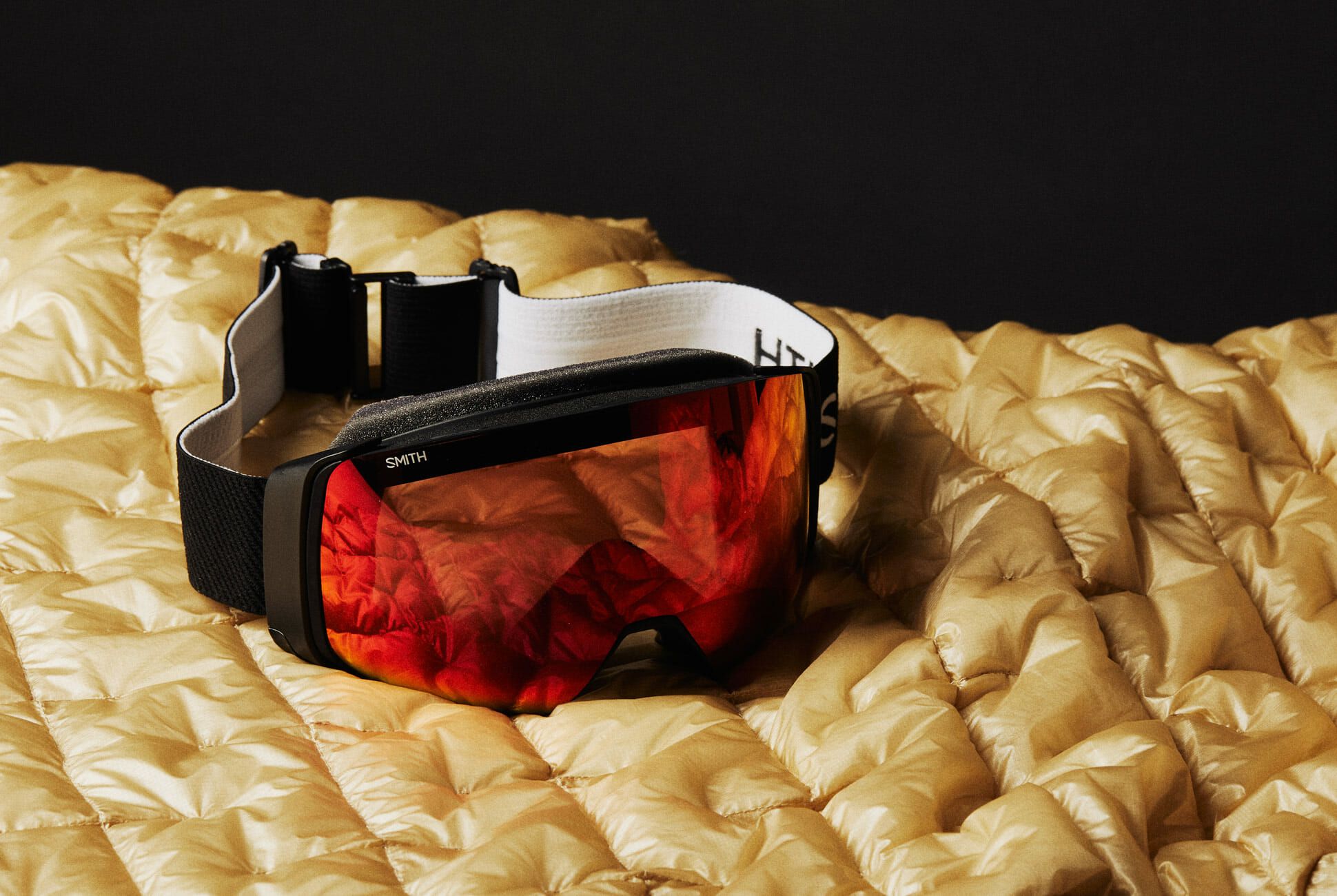

Google and the FlyEM team have made the data they collected available for anyone to view and download. This gave us one R2 map corresponding to the 4D reconstruction and one R2 map corresponding. Now it’s 15 years later and we can start doing science.”

“The amount of time between a good technology being seeded, and doing actual science using that technology is often approximately 15 years. “I believe people were impatient about what would provide,” said Vogelstein. Vogelstein said that in the decade to come, the data provided by such projects would finally start to yield results. Joshua Vogelstein, a biomedical engineer and co-founder of the Open Connectome Project, told The Verge that the work would be a boon to scientists.
4D GOGGLES HUMAN BRAIN MAPPING FULL
That suggests how far we are from creating a full connectome of our own neural pathways. In total, a fruit fly’s brain contains 100,000 neurons, while a human brain has roughly 86 billion. The company says it took two years and hundreds of thousands of hours for scientists at Janelia to “proofread” the 3D map, verifying the route of each of the 20 million chemical synapses using virtual reality headsets and custom 3D editing software.Įven then, the resulting map only covers a portion of the fruit fly’s brain, known as the hemibrain. It took two years for scientists to “proofread” the 3d modelĭespite Google’s algorithmic prowess, it still took substantial human labor to check the software’s work. “It will not in itself answer pressing scientific questions but it might throw up some interesting mysteries.” But, he said, it’s also primarily a resource for other scientists to now use. To detect and avoid impending threats, it is essential to integrate and analyse multisensory looming signals across space and time and to determine whether they originate from the same sources, Huang said. “The reconstruction is no doubt a technical marvel,” Mark Humphries, a neuroscientist at the University of Nottingham, told The Verge. picked apart from the rest of world, said Huang, first author of the paper published in the journal Human Brain Mapping. But critics note it has yet to produce any major breakthroughs, and they say that the painstaking work of mapping neurons is a drain on resources that might be better put to use elsewhere. Advocates argue that it helps link physical parts of the brain to specific behaviors, which is a key goal in neuroscience. elegans, has had its brain completely mapped in this way.Ĭonnectomics has a mixed reputation in the science world. To date, only a single organism, the roundworm C. This map, known as a “connectome,” covers roughly one-third of the fruit fly’s brain. The model is a milestone in the field of connectomics, which uses detailed imaging techniques to map the physical pathways of the brain. Scientists from Google and the Janelia Research Campus in Virginia have published the largest high-resolution map of brain connectivity in any animal, sharing a 3D model that traces 20 million synapses connecting some 25,000 neurons in the brain of a fruit fly.


 0 kommentar(er)
0 kommentar(er)
